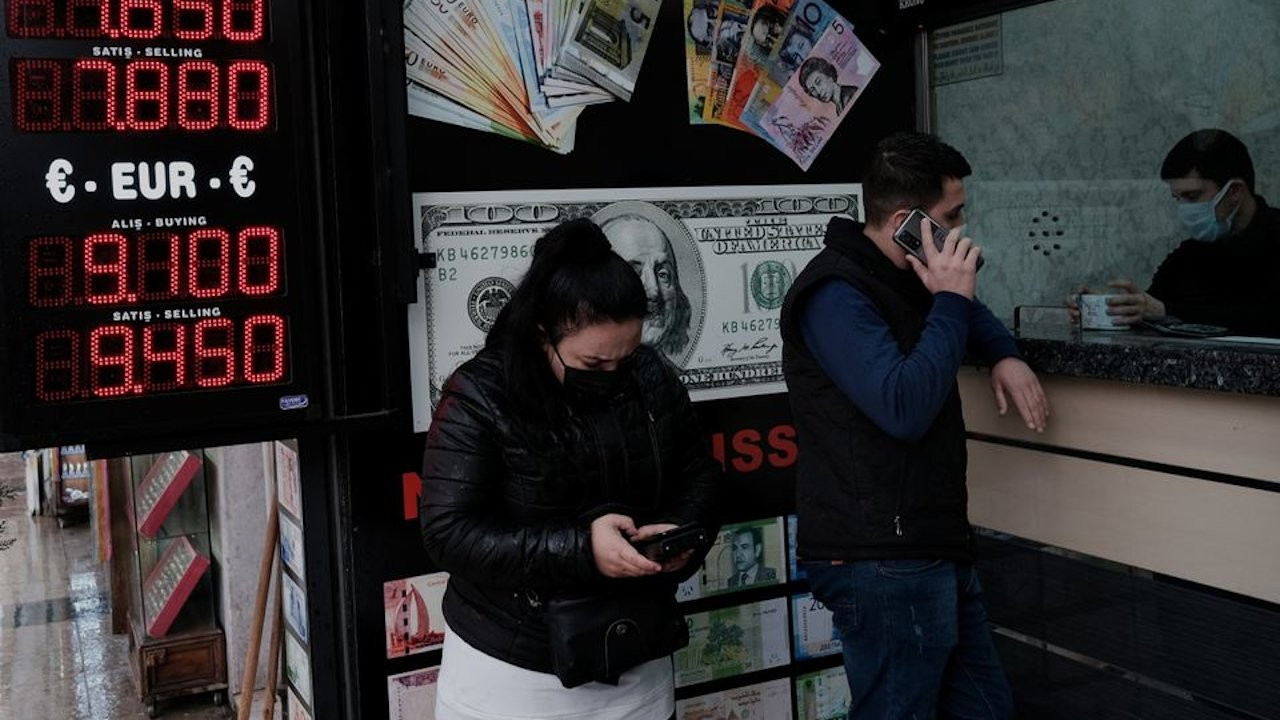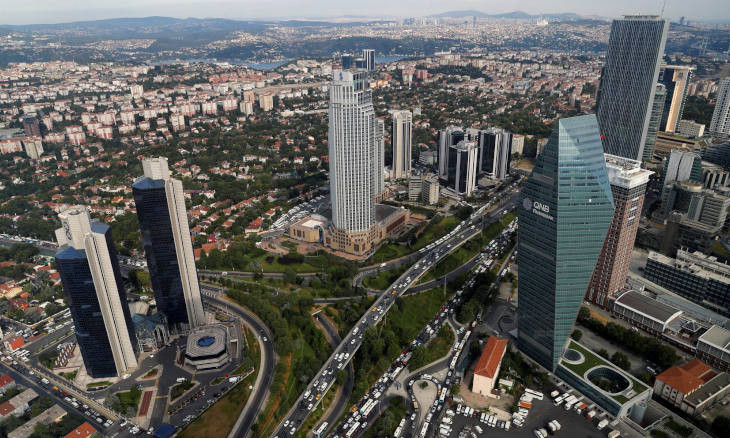More Turks in the red during pandemic as debts reach 899 billion liras
Due to the almost non-existent government assistance during the COVID-19 pandemic in Turkey, businesses and people took on more credit card debt and loans to survive according to data published by The Turkish Banks Union (TBB).
K. Murat Yıldız / Duvar English
The Turkish Banks Union’s (TBB) Risk Center has published its "Monthly Risk Bulletin for March 2021," which revealed that the number of people borrowing from banks has reached 34.5 million, and hundreds of thousands of people who had no money in their bank accounts have been forced to use high-interest overdraft accounts for the first time.
Some 2.3 million people took out loans for the first time this year as the credit risk per borrower reached an average of 26,000 liras.
Meanwhile, since March 2020, the number of loans given out by banks and non-bank financial institutions increased by 36 percent, while personal loan debt reached 899 billion liras.
Given that the overall loan debt of 899 billion liras consists of 46 percent consumer loans and 17 percent credit card expenditures, making up 63 percent of the owed money to banks and non-bank financial institutions, these are clear indicators of how people depend on loans and credit cards to survive.
In March alone, 151,000 people received their first credit card, 98,000 people received their first consumer loan from a bank, and 104,000 people had to use money from their high-interest overdraft accounts.
Credit risk increased by 30 percent as borrowers hit 32.2 million
In addition, according to the TBB report, there were 32.2 million borrowers in March of last year, up 2.3 million in just one year due to new debtors. During the same period, the credit risk per person increased from 20,501 liras to 26,000 liras, indicating a nearly 30 percent increase in personal credit risk.
The data also revealed that during the same period the number of bad debts to be liquidated has reached 176 billion liras as the number of cash loans extended by banks increased by 31 percent compared to the same month the previous year, reaching 3.95 trillion liras. 77 percent of this amount are commercial loans.
The construction-housing sector, with 9.7 percent of all loans in liquidation, has the largest share of all sectors’ loans in liquidation. Liquidated loans in the energy sector account for 5.9 percent of the total, while liquidated tourism sector loans account for 5.6 percent, according to TBB data.
“I imported over a million euros worth of equipment from Germany in late February of 2020 with a large bank loan to be used in several construction projects. Due to the pandemic, I was unable to sell 90 percent of them. We were already suffering from the depreciation of the lira. Until now, I haven't received any government assistance. One time, they offered us 3,000-5,000 liras,” an Istanbul-based construction and electromechanical company owner told Duvar English.
The businessman, like others in his industry, is struggling to repay his bank debt.
“In order to pay my loan installments, I had to sell two of our service vans. Despite this, I am three months behind schedule. My bank is giving me space because I'm an old customer, but I'm not sure how long that will last,” he added, pointing to the government's preferential treatment of large corporations; “They give large construction companies massive financial support, tax amnesty, and other things, but when it comes to us, they turn a blind eye,” he concluded.
Moreover, experts and tourism entrepreneurs fear that if the country experiences another ‘dead tourism season’ due to the pandemic and Russia’s travel ban to Turkey, loan liquidation and bankruptcies will skyrocket in the tourism sector.
Repaying debt with more debt
“I already owe the bank money, and I'll be getting another loan today.”
Ufuk Döşemeci, a hotel, restaurant, and beach club owner from Izmir's popular holiday destination told Duvar English. He will use some of the money to repay some of his previous loans and the rest to try to cover his operation expenses because he has depleted his savings over the last 15 months.
Repaying debts with additional loans and new credit cards has become common practice, creating a vicious cycle that affects not only entrepreneurs, but also ordinary people.
“One month, we take cash from one credit card, pay the minimum on the other cards, and the next month, we do the opposite. If I want to operate this season, I have no choice but to take another loan,” the entrepreneur said, adding that, “until today, the government has only provided me with 1,750 liras in assistance for my business. My electricity bill alone is 3000 liras a month.”
“Everyone is suffering. There are many businesses that haven’t been able to open their doors as they can’t cover their operation costs, let alone make a profit. Thankfully I have good credit history and I will try to survive this season with the new loan I will take out,” he concluded.

 Suicides in Turkey skyrocket amid financial strainHuman Rights
Suicides in Turkey skyrocket amid financial strainHuman Rights Acemoğlu urges Turkish gov't to keep hands off Central BankEconomy
Acemoğlu urges Turkish gov't to keep hands off Central BankEconomy Turkey removes another central bank deputy governorEconomy
Turkey removes another central bank deputy governorEconomy Who will pay for the loss of Turkey’s public banks?World
Who will pay for the loss of Turkey’s public banks?World